Between Japanese Order and Dutch Daring
In the twilight haze of Osaka, the Netherlands Pavilion emerges less as architecture and more as apparition. It is a collision of light, form, and narrative intention that resists static reading. From the moment the pinkish sphere breaches the horizon of the pavilion’s façade, framed by undulating horizontal fins, the structure ceases to be a “building” in the conventional sense. It instead becomes an event. A phenomenon. Here, light is not illumination. It is a substance: a dramaturgical force shaping spatial memory.
The glowing orb, half-revealed behind the lattice of metallic ribbons, behaves like a second moon. Not cold and distant like the one overhead, but inhabited, terrestrial, and pulsating. The layering of the façade invites a double reading: one of transparency and one of resistance. The interplay of softness and structure, of luminous volume against the metallic sinew, recalls the quiet tension of Olafur Eliasson’s “Weather Project,” where light is both presence and provocation. The visual rhythm of the structure [its optical fluidity] conjures the perceptual tricks of Bridget Riley’s canvases, yet reanimated here in three dimensions. Not merely seen, the façade is sensed, almost like a skin responding to breath.
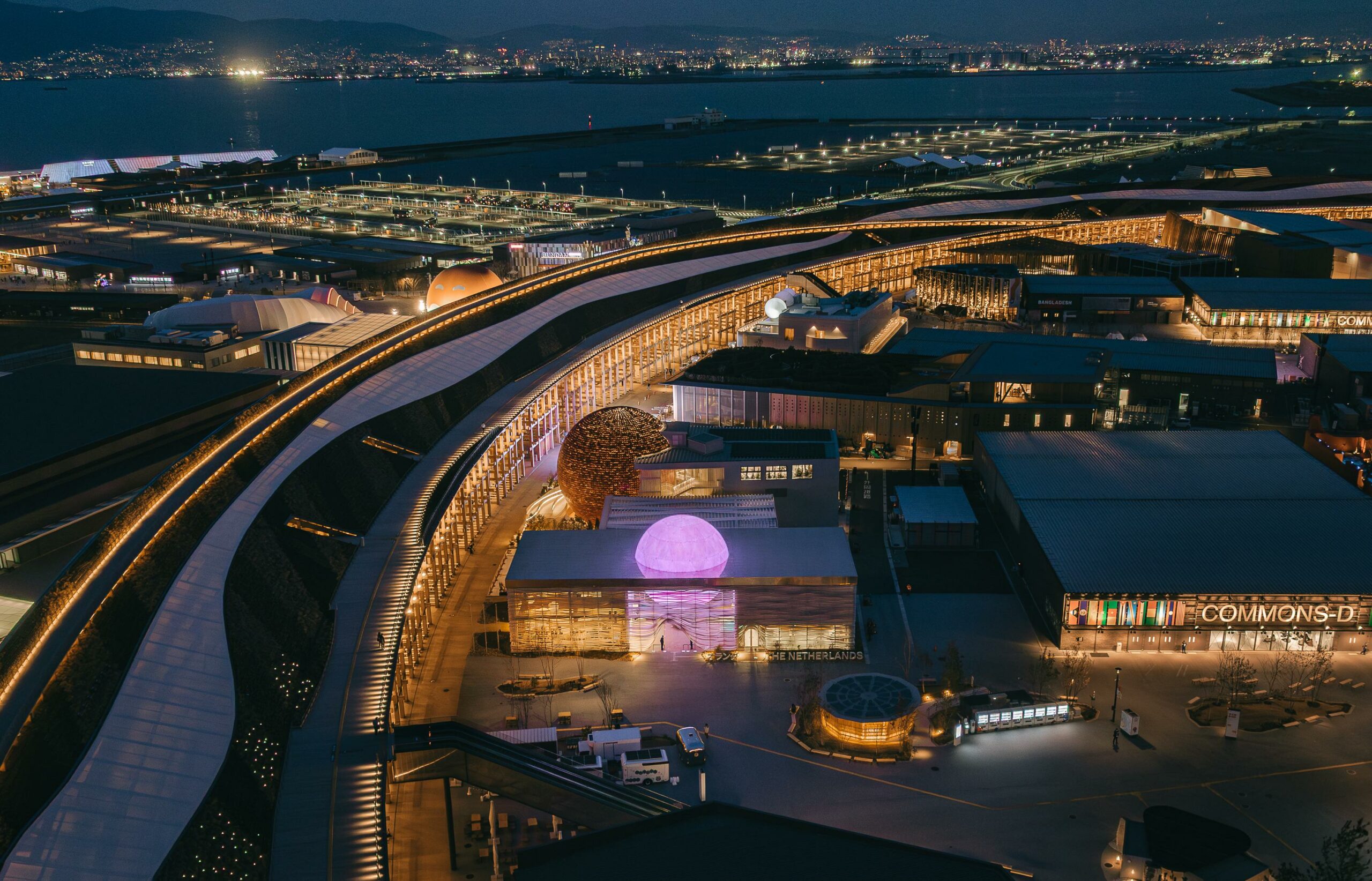
Within the pavilion, the lighting shifts from monumental to intimate. From symbol to sensorium. The interior “pledge station” installation, where visitors hold glowing orbs in synchrony, transcends mere interaction and enters ritual. Here, the light no longer acts upon space. It becomes space. It is a responsive medium, echoing gestures, absorbing bodies, registering proximity. This isn’t scenographic lighting. It’s sentient. It refuses the theatrical binary of performer and audience. Instead, it draws from a post-humanist lighting language: one where technology listens, where photons carry agency. In that sense, it leans closer to the poetics of cybernetic art than to any architectural typology.
The mechanism of this lighting system, while undoubtedly technologically refined, is not what renders it profound. Its success lies not in innovation, but in restraint. There is no spectacle for its own sake. Every glow, every dimming transition, feels measured and consequential. Shadow isn’t banished, it’s sculpted. Sustainability is implicit, not flaunted, through the integration of light as a medium that respects energy, not one that exploits it. The pavilion doesn’t scream its environmental ethos. It breathes it. There is a softness to the precision. A vulnerability to the system that resists the coldness often associated with digital installations.

What emerges, ultimately, is a lightscape that feels deeply literary. It’s akin to the glowing worlds in the writings of Haruki Murakami, where surrealism is soaked in melancholy. This pavilion, too, feels like a threshold between reality and dream, between the tactile and the ineffable. One could argue its closest visual analog is not architectural at all, but rather the moment in Turner’s paintings where the sun bleeds into sea mist, where form dissolves into atmosphere. The Netherlands Pavilion doesn’t teach us something new about light. It reminds us of something ancient: that to illuminate is not only to reveal, but to invite wonder, to cast doubt, and to withhold. beautifully!
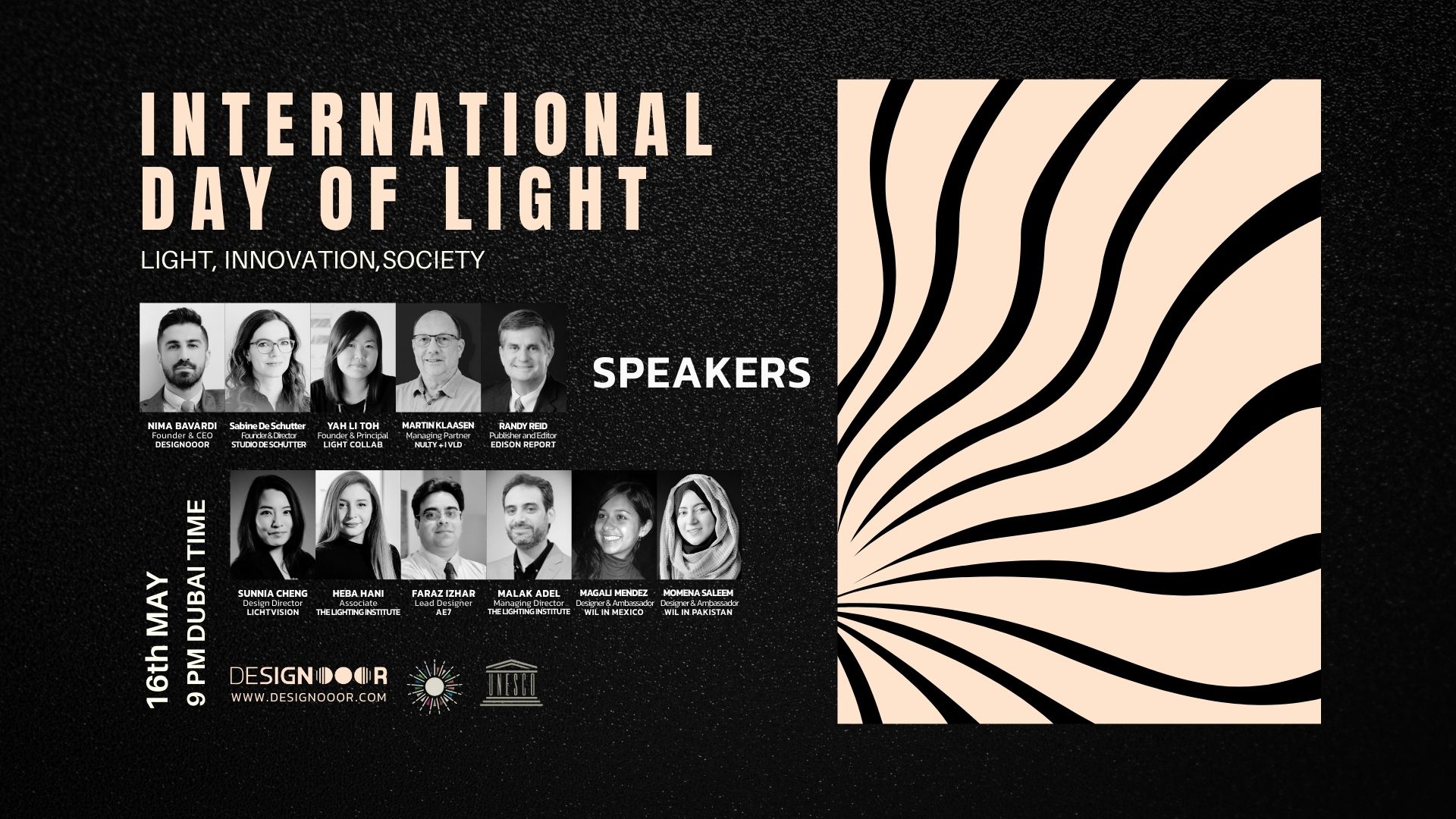





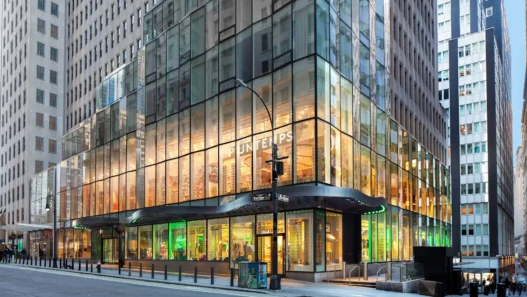



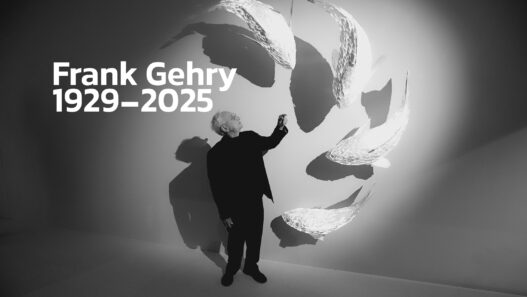


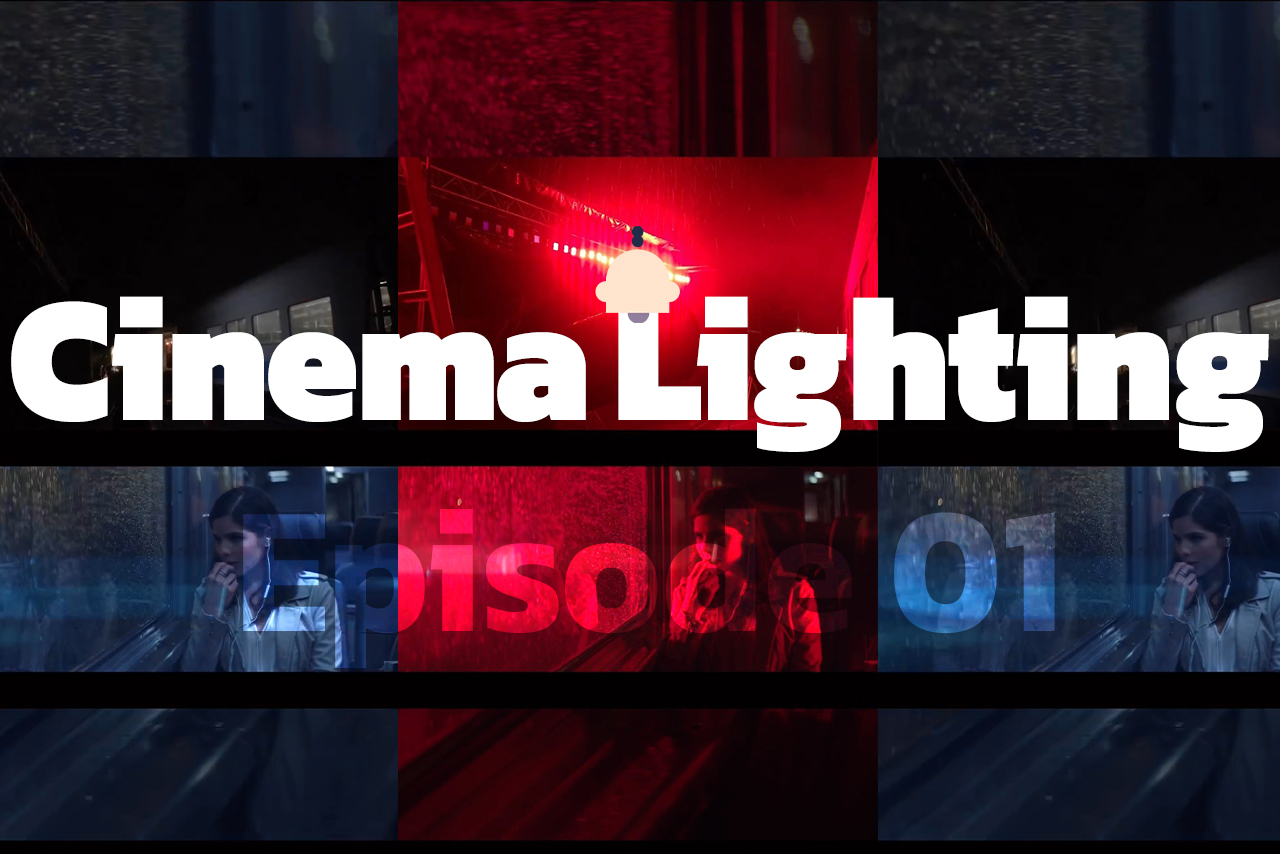
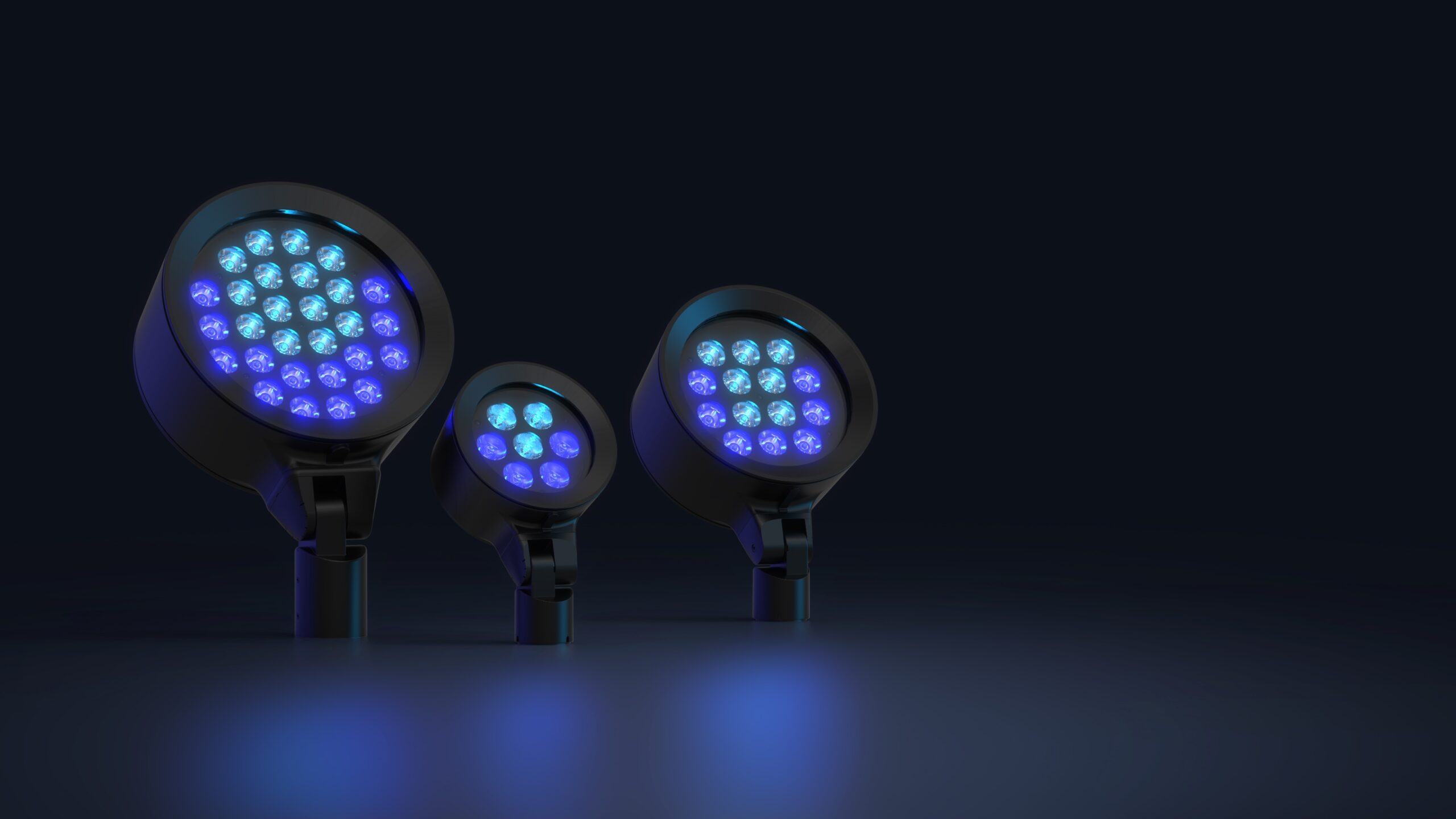
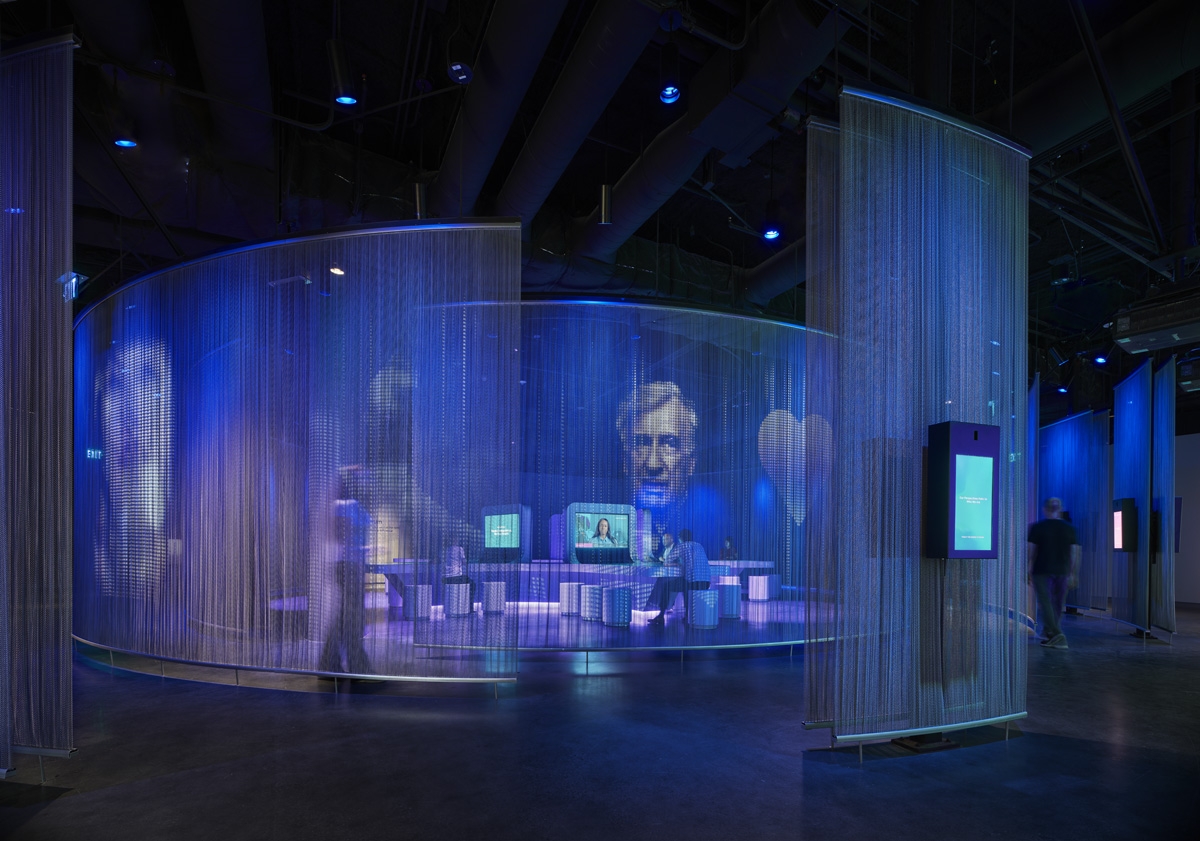
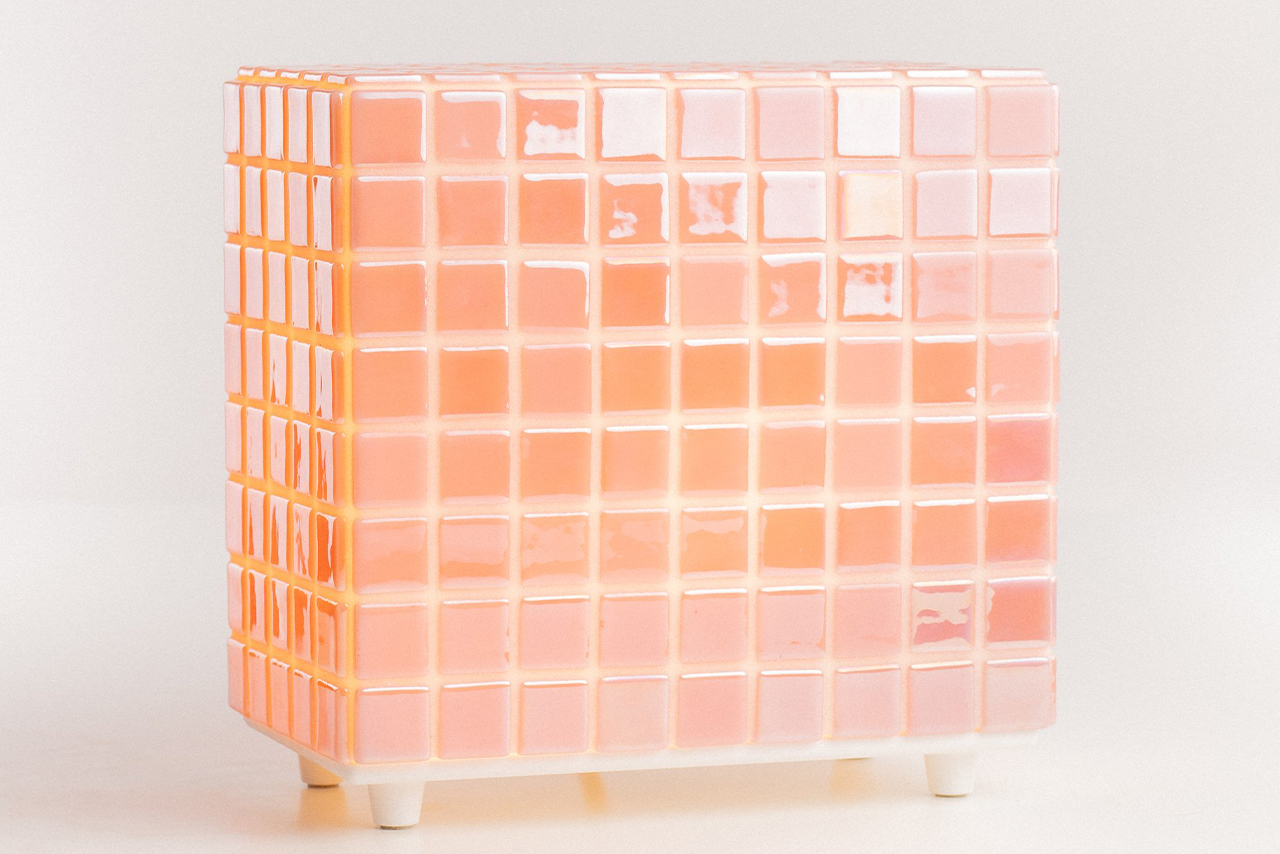
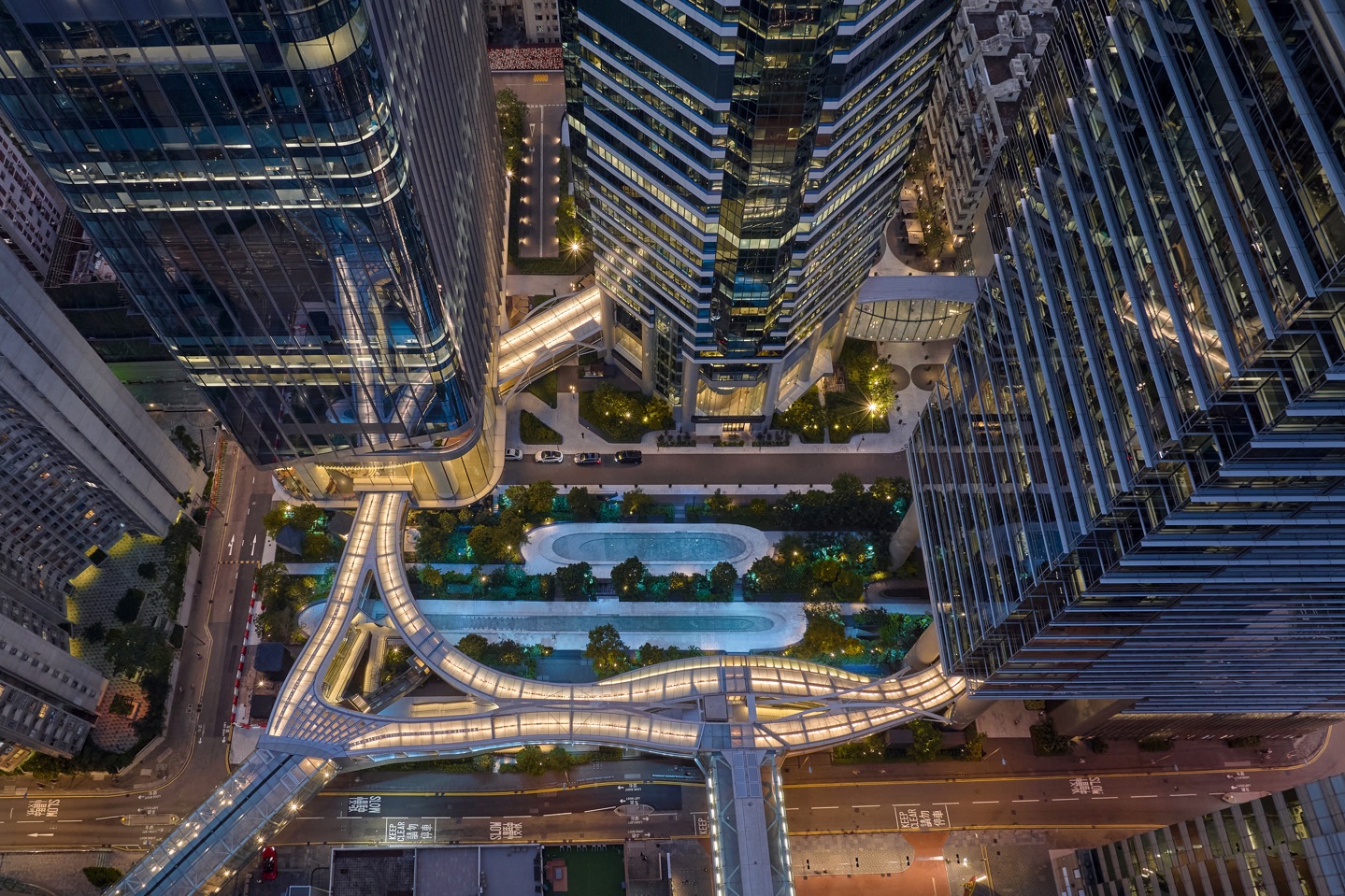
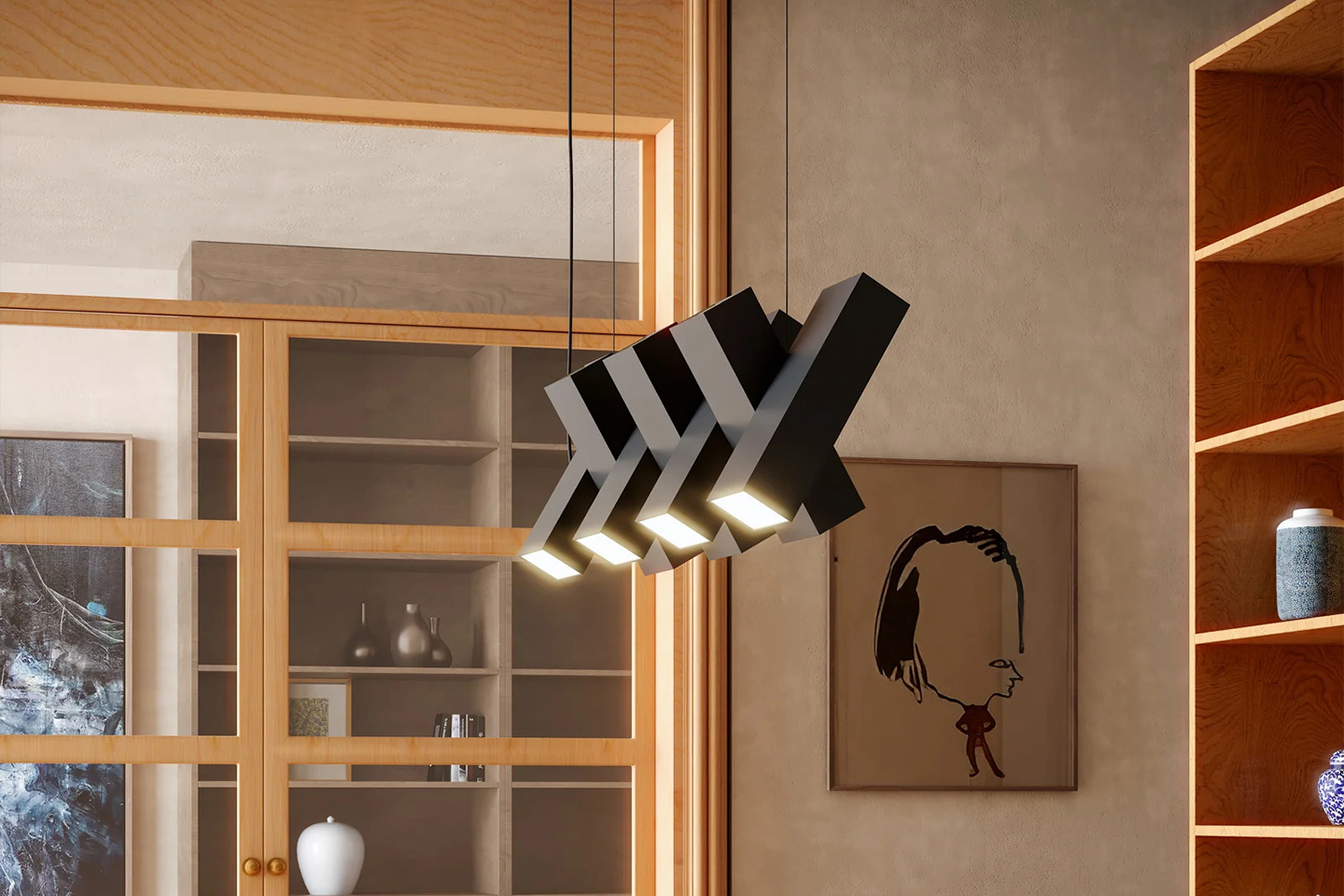



Your post is a true masterpiece. I’ll be referencing it in my own work.